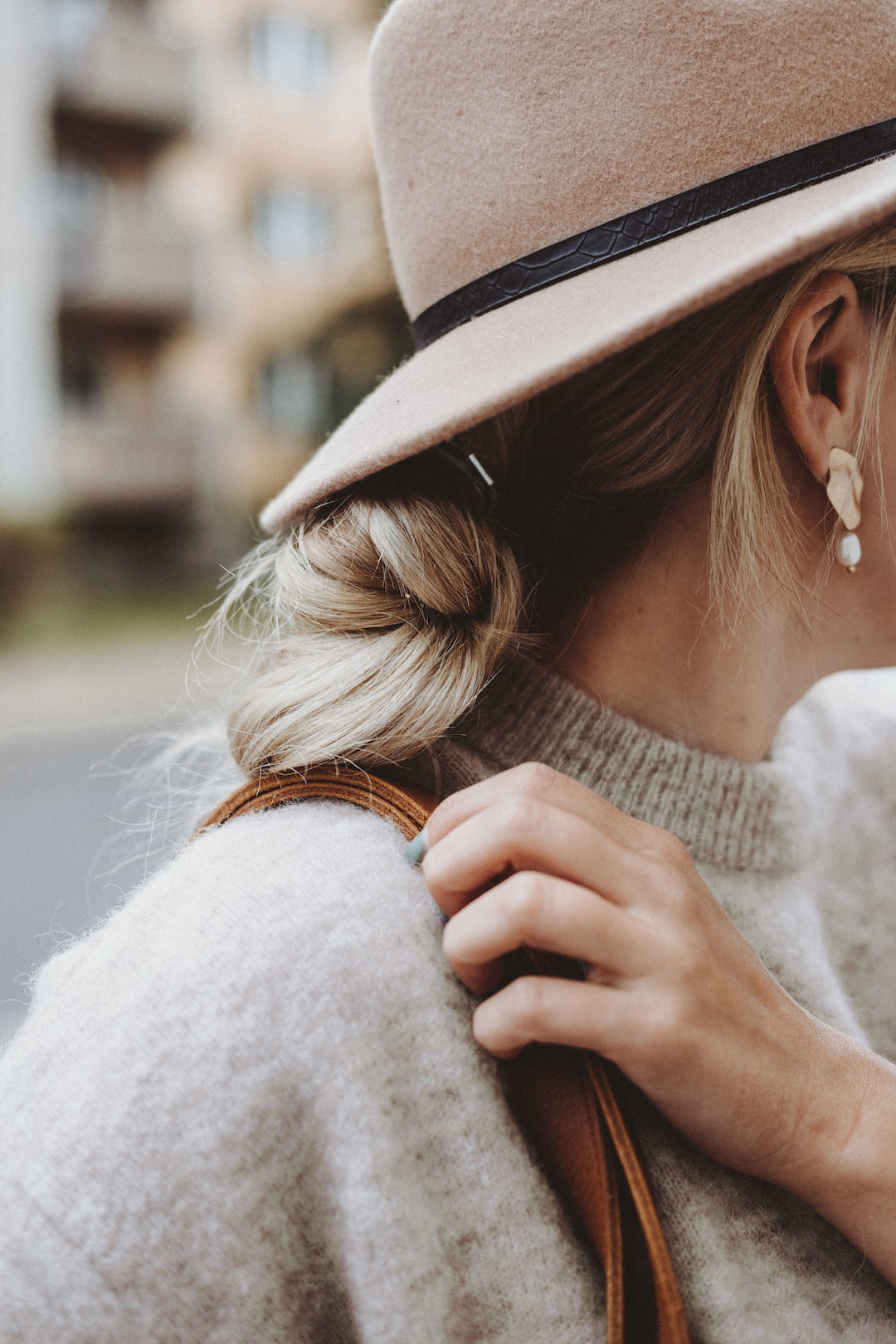The Evolution of Jeans: From Classic to Trendy Styles
Jeans have become an iconic fashion staple, loved and worn by people of all ages and backgrounds. From their humble origins as workwear for laborers to their status as a symbol of rebellion and individuality, jeans have come a long way in their journey through fashion history. Let’s dive into the evolution of jeans, from classic to trendy styles.
In the early 19th century, jeans were designed as rugged trousers for gold miners and cowboys. The fabric used was a heavy-duty cotton called denim, which derived its name from the French town of Nîmes. These early jeans were known for their durability and practicality, with features like rivets and reinforced stitching to withstand the demands of manual labor.
As the 20th century rolled in, jeans slowly transitioned from being solely workwear to casual wear. Immortalized by Hollywood icons like Marlon Brando and James Dean in movies like “The Wild One” and “Rebel Without a Cause,” jeans became synonymous with rebellion and an expression of youth culture. The popularity soared, and denim started to infiltrate mainstream fashion.
In the 1960s and 70s, bell-bottom jeans came into the scene, with their flared legs and hippie-inspired designs. This style reflected the counterculture movement of the time, embracing freedom and self-expression. Meanwhile, high-waisted jeans also gained popularity, giving a more tailored and polished look to the wearer. These classic styles became synonymous with the cultural revolution happening at that time.
The 1980s witnessed a shift in jeans’ style, with the rise of designer denim. Brands like Calvin Klein, Gucci, and Levi’s introduced high-end jeans that were not just functional but also fashionable. Designer jeans were characterized by their snug fit, acid washes, and bold embellishments like studs and rhinestones. This marked the beginning of jeans as a statement piece, rather than mere everyday attire.
The 1990s brought about a rebellion against form-fitting jeans, with the introduction of grunge and baggy jeans. Popularized by bands like Nirvana, these jeans were loose, distressed, and often paired with flannel shirts or oversized jackets. The baggy jeans trend embraced a more relaxed and casual aesthetic, reflecting the changing attitudes towards fashion at that time.
In the early 2000s, low-rise jeans dominated the fashion scene. Popularized by celebrities like Britney Spears and Christina Aguilera, these jeans sat low on the hips, often revealing the wearer’s underwear. Low-rise jeans were a daring, provocative choice that ignited a cultural debate about body image and appropriate fashion.
As we enter the 2010s, jeans have continued to evolve, with an emphasis on comfort, sustainability, and diverse body types. Skinny jeans gained popularity, catering to those seeking a more streamlined and fitted silhouette. However, there has also been a resurgence of wider-legged styles, such as flares and wide-leg jeans, offering alternatives and celebrating different body shapes.
Today, jeans continue to be a versatile wardrobe staple, constantly reinventing themselves to keep up with ever-changing fashion trends. From classic straight-leg jeans to trendy ripped, acid-wash, or embroidered designs, there’s something for everyone. The evolution of jeans is a testament to their enduring appeal and the fashion industry’s ability to adapt and innovate.
In conclusion, the journey of jeans has been one of transformation, from their origins as sturdy workwear to their current status as a fashion statement. The endless variety of styles, cuts, and designs available today reflects the versatility and adaptability of this iconic piece of clothing. Jeans will continue to evolve, always remaining a timeless wardrobe essential for generations to come.
